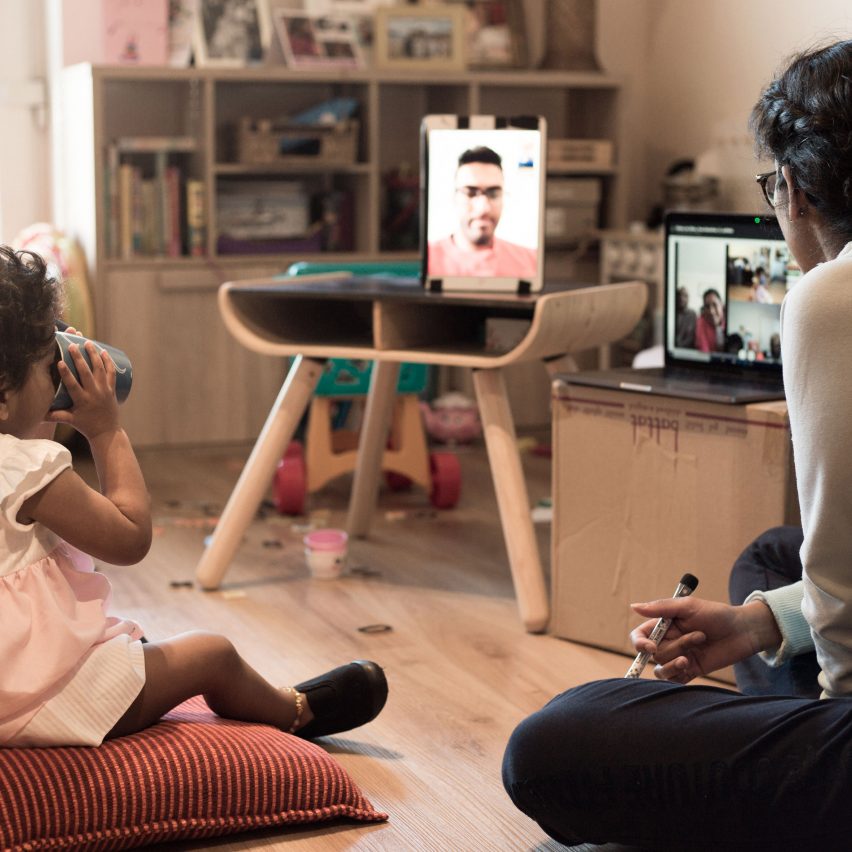"The home of the future is looking a lot like the home of the past"

The coronavirus pandemic has forced many to rethink how they use their homes. Director of London's Museum of the Home Sonia Solicari outlines six ways that future homes could be informed by the past.
Lockdowns have challenged how we think and feel about our homes. At the heart of many conversations about the future is the issue of increased home working. How can design adapt to changing needs and behaviours" What will we gain and what will we leave behind"
How can we move beyond the home/work binary when our historic built environment reinforces the difference between public office space and private domestic experience, and how desirable is the constant digital accessibility of work"
Working from home is not a recent phenomenon. Throughout history, both paid and unpaid work has been carried out in the home ? skilled crafts, food production, childcare, home-schooling, taking in sewing or ironing. Working from home is not a recent phenomenon
Increasingly, these crucial transactions became unaccounted for in our understanding of what work means in all its gender division ? suits and briefcases, buses and trains. However, offices and commuting are a recent invention. They are a product of the nineteenth century: the growth of the suburbs, the rise of white-collar work and the striving for greater administrative efficiencies.
Whole cities have grown up to support this norm and home life has become defined in contrast to our other lives. Now digital platforms are...
| -------------------------------- |
| 360-degree video reveals the EU-blue amphitheatre inside the Belgian Pavilion |
|
|
Villa M by Pierattelli Architetture Modernizes 1950s Florence Estate
31-10-2024 07:22 - (
Architecture )
Kent Avenue Penthouse Merges Industrial and Minimalist Styles
31-10-2024 07:22 - (
Architecture )






